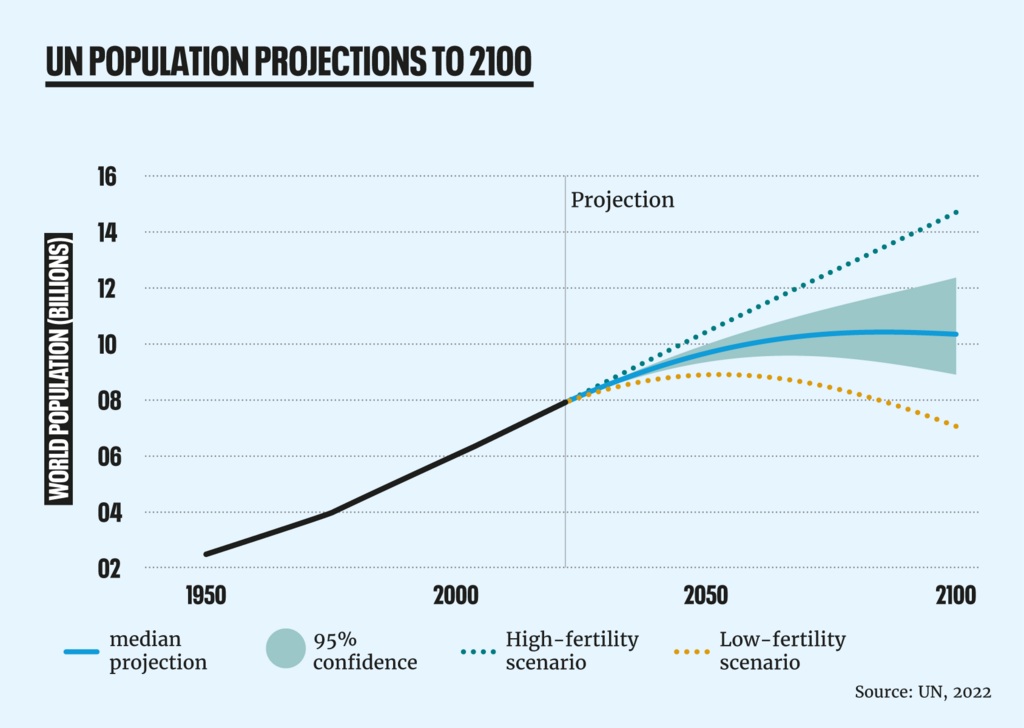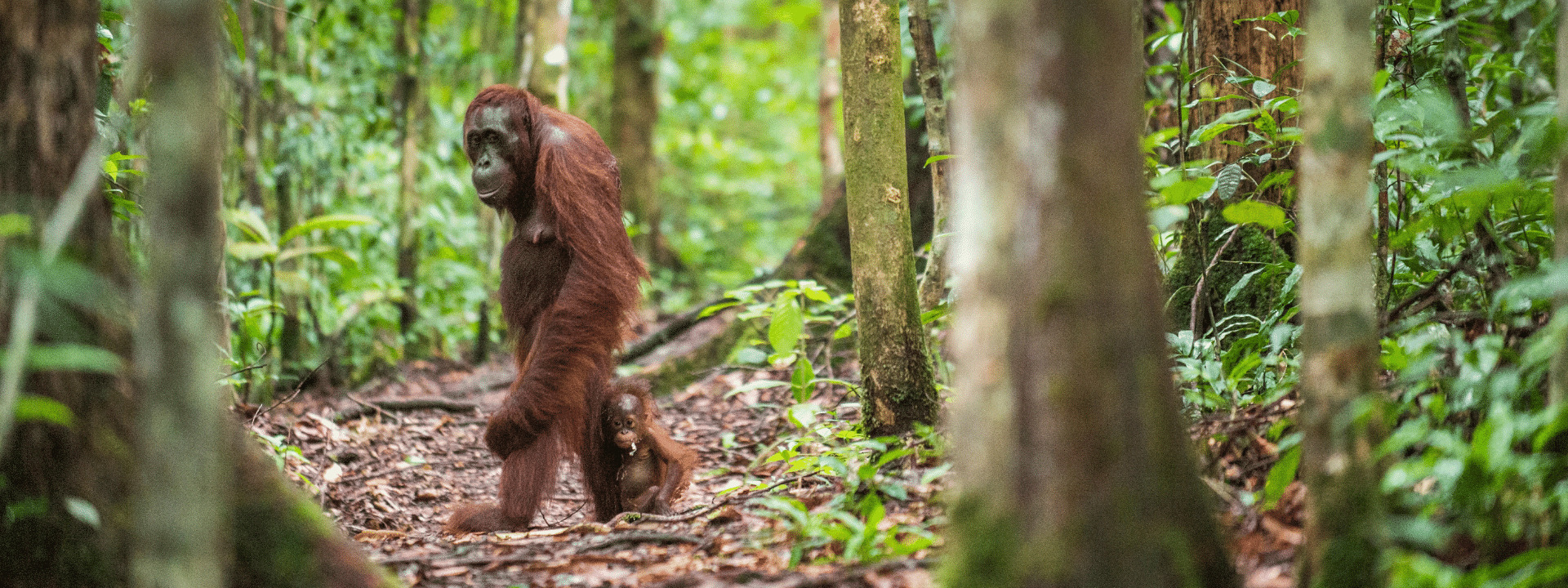The Living Planet Report was jointly released today by WWF and the Zoological Society of London (ZSL), revealing that on average wildlife populations have dropped 69% since 1970, a stark warning that the planet is in a deep crisis. But where do human population numbers factor into the report? Digital and Communications Manager Ben Stallworthy has been looking into it.
The Living Planet Report looks to highlight the dual crises of human-induced climate change and the catastrophic loss of biodiversity that is happening to our planet, and how they’re linked. It is clear that this is threatening the very existence of thousands of species and it is not a problem that can wait till tomorrow.
“The nature of these connections, the impacts they have on people and biodiversity, and building a positive, equitable, and sustainable future, are key themes in this edition of the Living Planet Report.”

The headline statistic from this year’s report is that there has been an “average of 69% decline in the relative abundance of monitored wildlife populations around the world between 1970 and 2018”, according to the biodiversity indicator the Living Planet Index (LPI). Shockingly, Latin America shows an average decline of 94%, and freshwater species populations have experienced an 83% decline. You can find out more about the LPI and how it should be interpreted here.
AND PEOPLE?
Disappointingly, the impact of human population is only referenced once in the 116-page report. A single paragraph on page 64 reads:
“Direct drivers are underpinned by a range of more indirect drivers, such as increases in human population and affluence, as well as sociocultural, economic, technological, institutional and governance factors, connected to values and behaviours. Over the last 50 years, the human population has doubled, the global economy has grown nearly fourfold and global trade has grown tenfold, together dramatically increasing the demand for energy and materials. Economic incentives have generally favoured expanding economic activity, often with environmental harm, rather than conservation or restoration.”

While not incorrect, this cursory mention underplays the role of population growth on the planet. Here are a few relevant facts:
- On 15 November this year, the human population will reach 8 billion.
- The global population is growing by around 80 million people every year and is projected to continue to grow until the last part of the 21st century.
- The UN Population Projections show that small variations in family size could make the difference of nearly 8 billion people by 2100 (as seen above, low- vs. high-fertility scenarios)
Explore population growth and its effect on our planet

Our Population Explorer is an interactive online tool providing insights onto population growth and its impacts on nature, climate change and our demand for the Earth’s resources. You can investigate different areas, explore solutions and interact with the graphics to find out more. Check it out!
The report dedicates a section to the Global Footprint Network and its excellent work presenting humanity’s ecological footprint. Due to the number of people and our habits, we are currently using nearly two planets worth of renewable resources. By 2050, that will rise to three planets.
The report recognises that drastic action is required to enact change: “A nature-positive future needs transformative – game changing – shifts in how we produce, how we consume, how we govern, and what we finance.”
We agree with this assessment, but population growth has to be recognised as a greater part of the problem. As Population Matters’ patron, Sir David Attenborough, has said;
“All our environmental problems become easier to solve with fewer people, and harder – and ultimately impossible – to solve with ever more people.”

